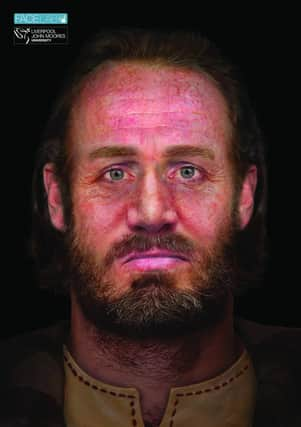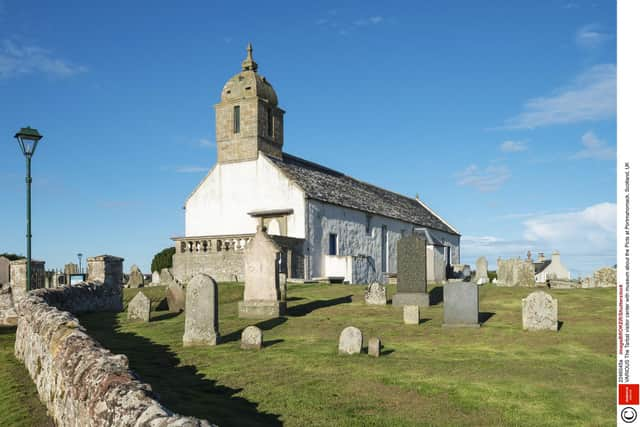Mystery of the "six-headed clan chief' and his bizarre burial unravelled by DNA


The warrior, who was in his forties and who died with injuries to his head, was buried during the 14th Century at Portmahomack in Easter Ross, at a time of intense violence and inter-clan warfare.
His coffin was found to contain four more skulls, including one of woman, which were set in two pairs at either side of his head. Later, the remains of another man were added to his casket.
Advertisement
Hide AdAdvertisement
Hide AdThe bizarre burial gave earned him the name of the ‘six- headed clan chief’ with research now piecing together the back story to his life – and death.


The contents of his coffin were excavated, along with those from 88 further burials from the medieval Church of St Colman, now the Tarbat Discovery Centre, for further analysis with the contents of the clansman’s coffin recently undergoing new generation DNA testing and C14 dating at Harvard University.
If found that three of the skulls and the second body represented several generations of the same family who died between the 13th and 16th Century.
The fourth skull dated to the 8th and 10th Century and probably belonged to a Pictish monk who lived at the site when it was a monastic settlement. His skull was possibly placed in the clansman’s coffin as a ‘prized relic’.
The analysis has also shown that the two extra male skulls were father and son and were the grandfather and father of the second man to be buried in the grave.
The skull of the woman was the second man’s mother.
It is thought that the clansman and the second man buried in the coffin may have been first cousins first removed.
Meanwhile, the son of the second man was found in a grave nearby.
A spokesman for the research, which was carried out by the David Reich Lab at Harvard University, said: "This behaviour seems to point to efforts to group members of the family tree together in the same grave and suggests the importance of primogeniture – the descent of the family through the male line.
Advertisement
Hide AdAdvertisement
Hide Ad“The contemporary skulls had no doubt been conserved or removed from previous graves, and the inclusion of the Pictish skull points to the deliberate inclusion of a prized relic.”
The remains date to a period when Clan Ross and Clan Mackay fought out a terrifying rivalry in the area.
Dr Lisa Brown, Archaeological Science Manager at Historic Environment Scotland says “It is fantastic to see the use of DNA and isotopic analysis helping to provide an insight into the relationships between individuals in a complex multi-person burial; these are techniques that were not available when the excavations first took place."
Calum Thomson, Chairman of the Tarbat Historic Trust says “This exciting development once again confirms the significance of the Tarbat peninsula to Scotland’s rich and diverse heritage. As an organisation the Tarbat Discovery Centre is very proud to be a key part of the continued understanding of that history. “